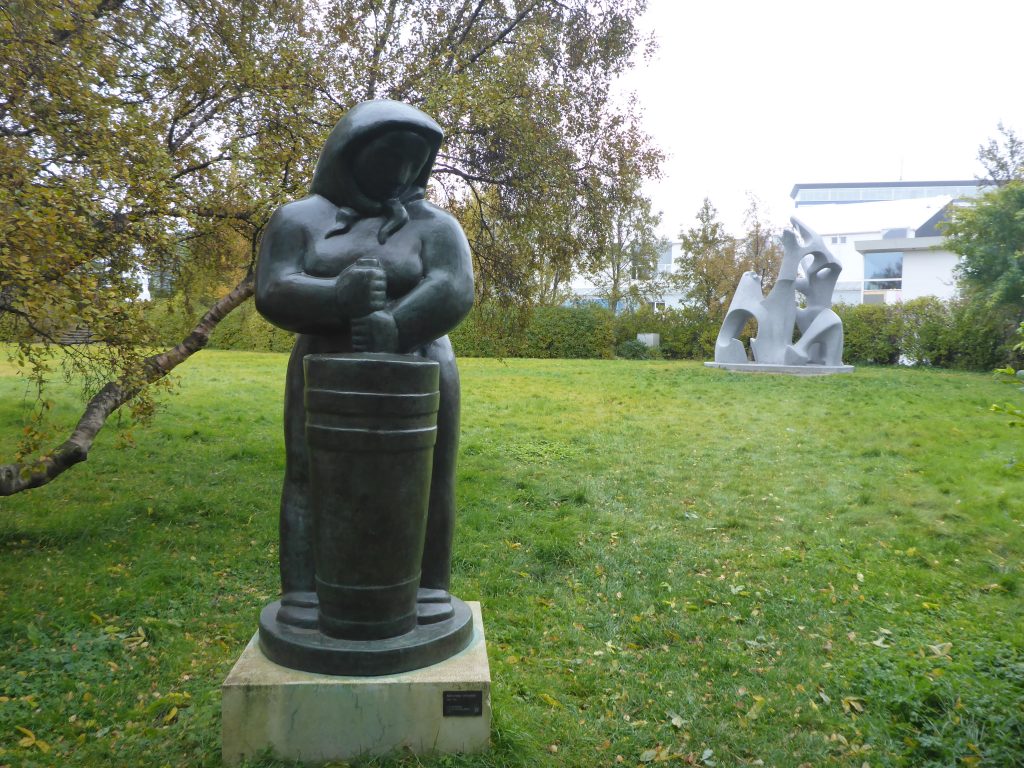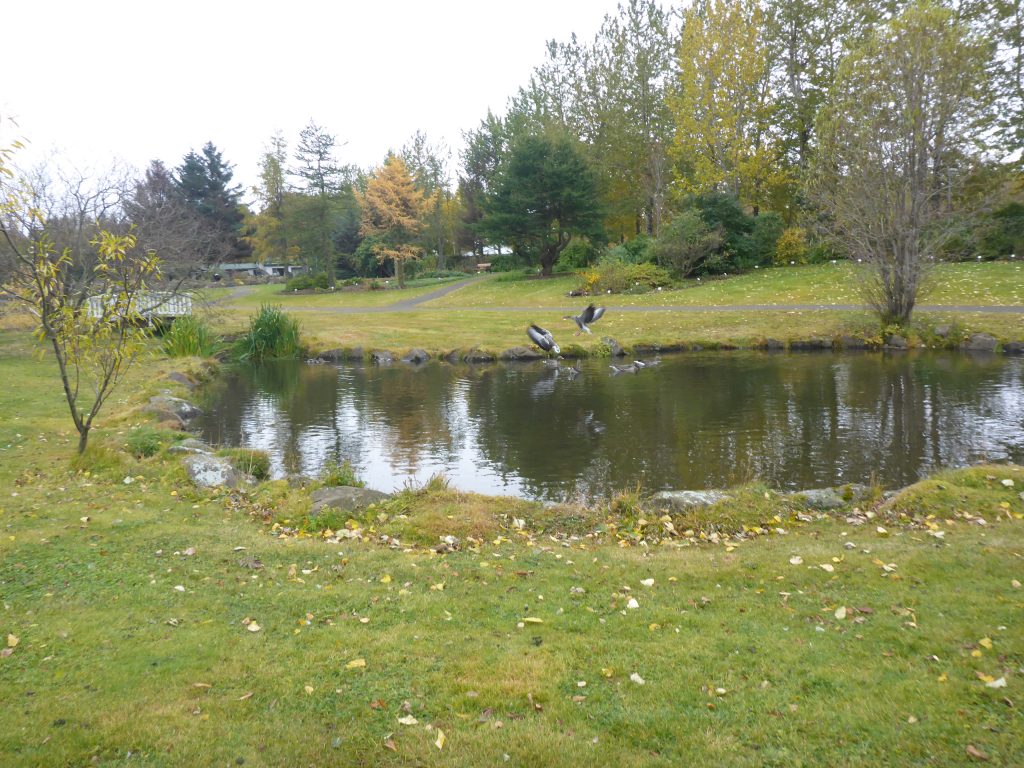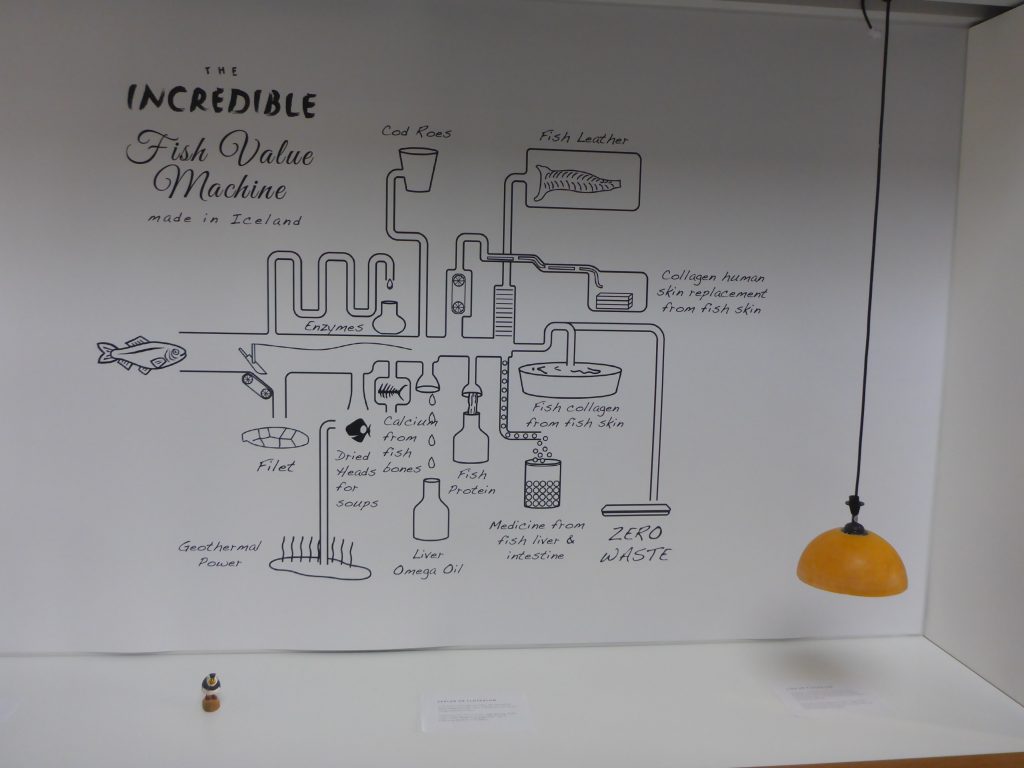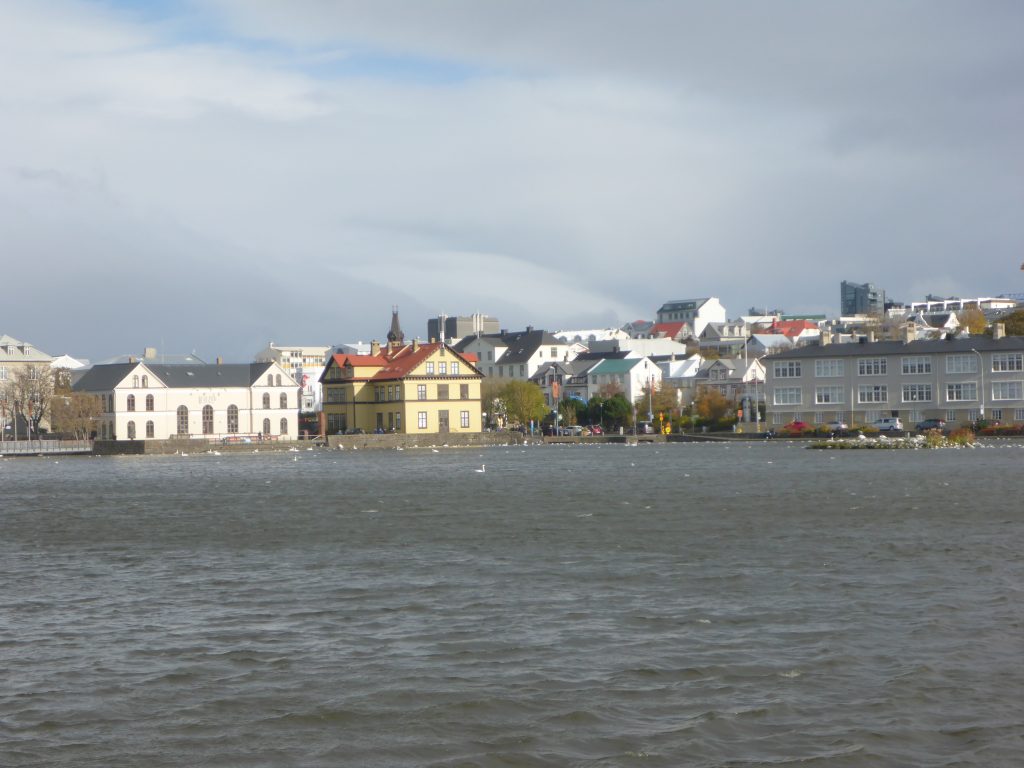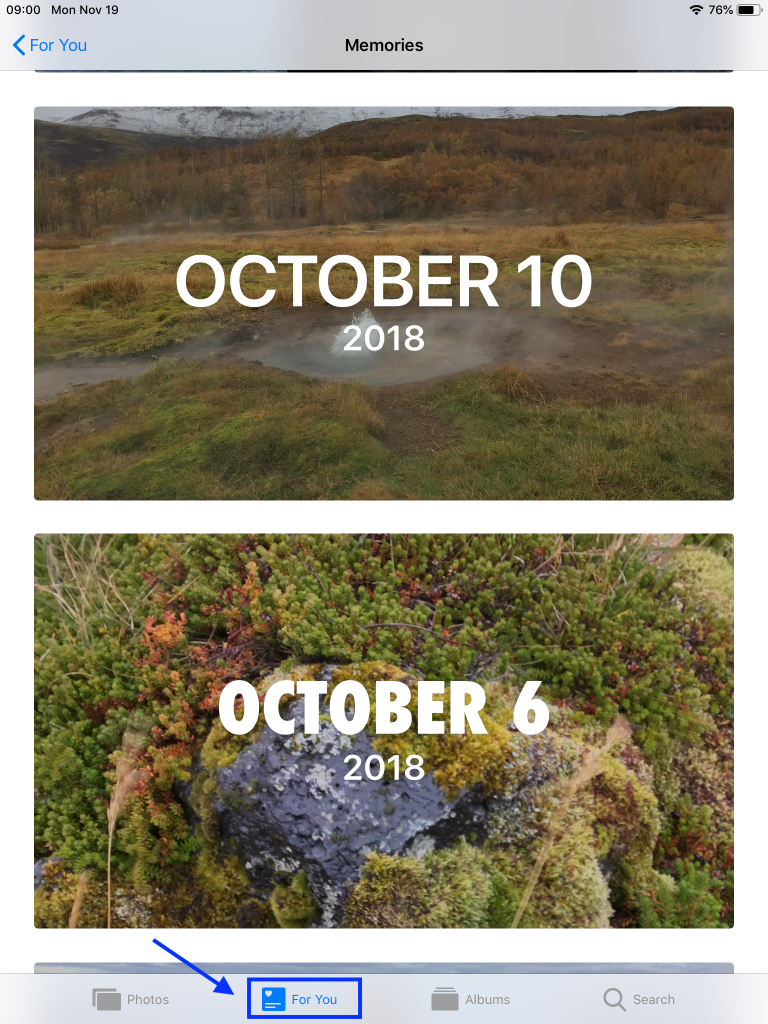Sometimes I really wonder why it takes me so long to get certain things done. I’ve noticed that home repairs fall into this category. I know that part of the challenge is even a small repair, or change, requires effort, exacerbated by not having the right equipment or tools to get the job done. Most of the repairs require more than one person and must be done during “business” hours because of noise by-laws.
But if I had to be honest with myself, these are just excuses I make so I don’t feel so guilty and silly about procrastinating on doing things that I know will make my home better.
A couple of weeks ago I decided I was going to put up the counter lights I had purchased over 2 years ago (!) from IKEA. I refused to face another long, dark winter without proper lighting in my kitchen. One evening after dinner, I assembled all the necessary pieces and tools. The project didn’t require a hammer or drill, so it could be done after hours. I convinced my partner to help and we did it.
Total installation time: 1 hour
Total project time: 2 years, 1 month, and 1 hour
End result: I love it! I’m so happy to have proper lighting in my kitchen. I instantly forgave myself for waiting 2+ years to install it.
A friend of mine once told me that she often gets stuck on a task or project because she doesn’t know something and this causes delays or even a complete stop. With the counter lights, the big delay for me was figuring out how to attach the transformer to the cabinets without a drill. Although even when my brother devised a drill-free, easy solution, it still took me another 6 months to get motivated.
Some tips for getting unstuck:
- Pick one project.
- Write down all the tasks that need to get done.
- Put them in a logical order.
- Break the larger tasks down into smaller, more manageable ones.
- Aim to get one of these smaller tasks done every week (or month!).
- Release the bad feelings and guilt about yourself, as these may only de-motivate you further.
You may not be moving fast, but you’ll still be moving forward.
Next on the task list, putting up my new livingroom curtains.
Total procrastination time: 6 months and counting
Final step: Finding a helper and time during “business” hours to install

